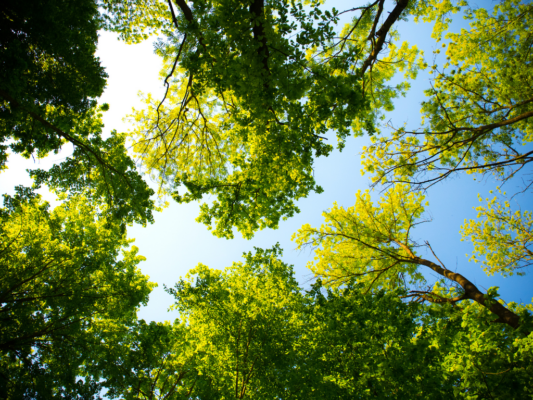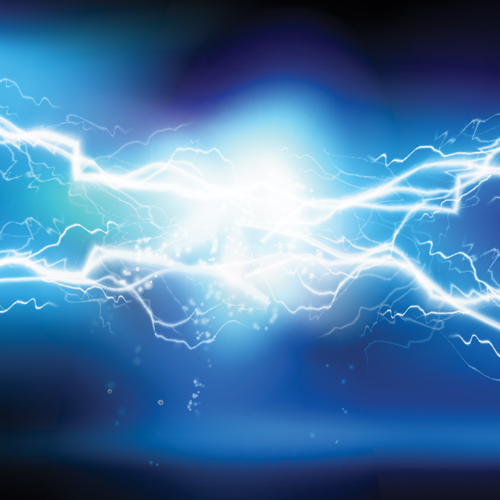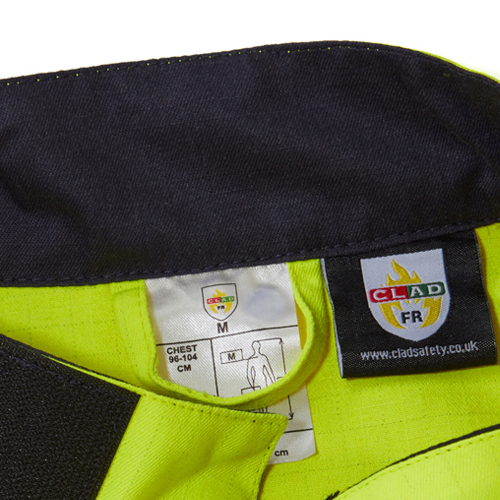No products in the basket.
Arc Flash Clothing, Health & Safety, Workwear
What Are The Arc Flash Clothing Safety Standards?
What Are The Arc Flash Clothing Safety Standards?
The arc flash clothing safety standards relate to IEC 61482-2 and are of critical importance when ensuring all individuals working in an arc flash environment are appropriately protected from the risk of an arc flash explosion. This is one of the most serious electrical hazards that can occur in the workplace therefore it is imperative that the correct health and safety measures are in place.
What Is An Arc Flash?
An arc flash is an electrical explosion or discharge following a connection through air to ground or another voltage phase in an electrical system.
Temperatures at the source of an arc flash can reach up to 20,000°C meaning it is one of the most serious electrical hazards that an individual can face at work.
The explosive force from an arc blast can exceed 100 kiloPascal (kPa), causing the expulsion of molten metal, equipment and debris with speeds of up to 300 meters per second.
What is IEC 61482-1-2:2007 Box Test Method?
The IEC 61482-1-2:2007 Box Test Method supercedes ENV 50354 and is commonly referred to as the Box Test. There are two test methods – one for fabrics which includes heat transfer measurements and Stoll Curve Differential Analysis, and one for the finished garment which includes a visual assessment and performance of components. The Box Test method gives a protective classification of:
- Class 1 – testing at an arc current of 4 kA and duration of 0.5s – Lower Level of Protection
- Class 2 – testing at an arc current of 7 kA and duration of 0.5s – Higher Level of Protection
The current of the actual electrical arc event is usually lower than the fault current of the equipment. Unlike the ATPV (Arc Thermal Protective Value) Open Arc Test Method, the results of the Box Test are either a pass or fail and do not give a value of the incident energy. However, the Box Test method enables the garment to be CE certified to one of the two classifications (Class 1 or Class 2) according to the results.
The ATPV Test Method enables garments to be tested and certified to an actual ATPV value. There is no pass/fail and the meaningfulness and reliability of the ATPV results is also higher. IEE1684 and NFPA 70E are the most used guidelines for calculating incident energy levels in front of the assumed arc flash for each piece of equipment on your site and for each live working activity.
What is IEC 61482-1-1:2019 Open Arc Test Method?
The Open Arc IEC61482-1-1 Test Method allows the wearer to confidently specify a protective garment with an ATPV value that is at least as high as the level established in their arc flash studies and risk assessments. In an ideal scenario, garments could be certified to both test methods. However, in the absence of this, it would be considered best practice to choose a garment that is CE certified to the Open Arc Test Method IEC61482-1-1 as this is the only method which can provide an ATPV value for both the fabric and as a complete garment.
ATPV or ELIM?
ELIM: Energy Limit Value
ATPV: Arc Thermal Performance Value
ELIM is the point at which the Arc Flash clothing gives 0% probability of the wearer receiving a second-degree burn while the ATPV measures the incident energy level where there is a 50% probability of the wearer receiving a second-degree burn injury.
EN ISO 11612:2015 – Protective Clothing to Protect Against Heat and Flame
This standard specifies performance requirements for garments made from flexible materials, which are designed to protect the wearer’s body from heat and/or flame. The performance requirements set out in EN ISO 11612:2015 are applicable to garments which could be worn for a wide range of end uses, where there is a need for clothing with limited flame spread properties and where the user can be exposed to radiant, convective, or contact heat, or to molten metal splashes. The following parameters are used:
Code A1 – Limited flame spread to outer surface
Code A2 – Limited flame spread to edge
Code B – Convective heat
Code C – Radiant heat
Code D – Molten aluminium splash
Code E – Molten iron splash
Code F – Contact heat
EN ISO 14116:2015 – Protective Clothing to Protect Against Heat and Flame – Limited Flame Spread
This standard specifies the performance requirements for the limited flame spread properties of materials and protective clothing to reduce the possibility of the clothing burning and itself constituting a hazard. Protective clothing complying with EN ISO 14116:2015 is intended to protect workers against occasional and brief contact with small igniting flames, in circumstances where there is no significant heat hazard and without presence of another type of heat. When protection against heat hazards is necessary in addition to protection against limited spread flammability, then standards, such as EN ISO 11612, are more appropriate.
EN ISO 11611:2015 – Protective Clothing for use in Welding and Allied Processes
To protect the wearer against small splashes of molten metal, short contact time with flame, radiant heat from the arc, and minimise the possibility of electrical shock by short-term, accidental contact with live electrical conductors at voltages up to approximately 100v in normal conditions of welding.
EN 1149-5:2018 – Protective Clothing – Electrostatic Properties – Part 5: Material Performance and Design Requirements
This European Standard specifies material and design requirements for electrostatic dissipative protective clothing, used as part of a total earthed system, to avoid incendiary discharges. The standard specifies three areas:
- Performance requirements of materials
- Design requirements
- Marking and guidance
Regardless of industry or activity, personal protective equipment (PPE) has long been considered the last line of defence for workers. In no field is this more prevalent than for those working with electrical equipment, where the potential threat from incidents involving arc flash is so serious the potential risk can result in devastating consequences.
Employers must ensure their employees are wearing the correct arc flash clothing but if you have any doubt, please speak to a member of the Clad Safety team. We have been a trusted supplier of arc flash clothing and PPE for over 30 years and our wealth of technical knowledge coupled with our products that we have designed specifically for this high-risk workplace hazard means we understand what is needed when working in an arc flash environment.







